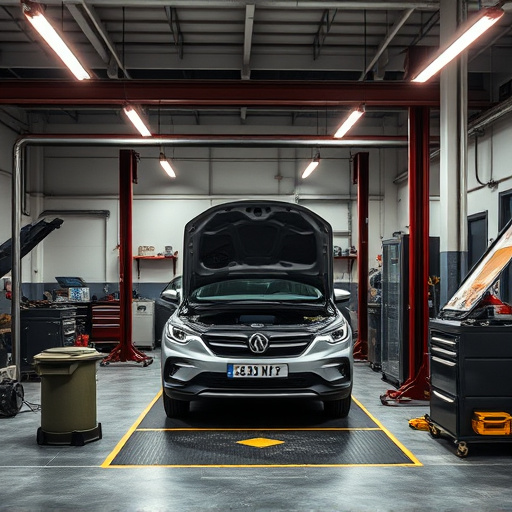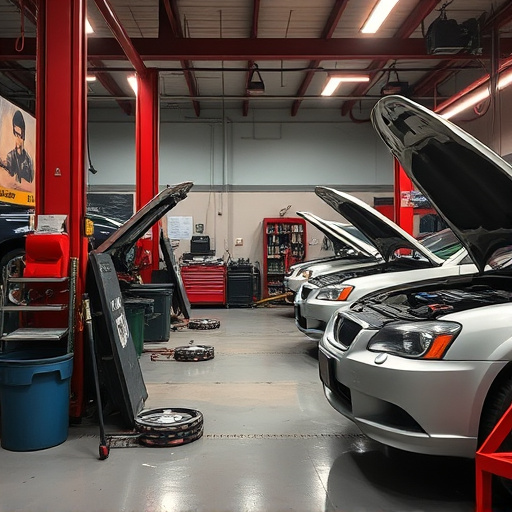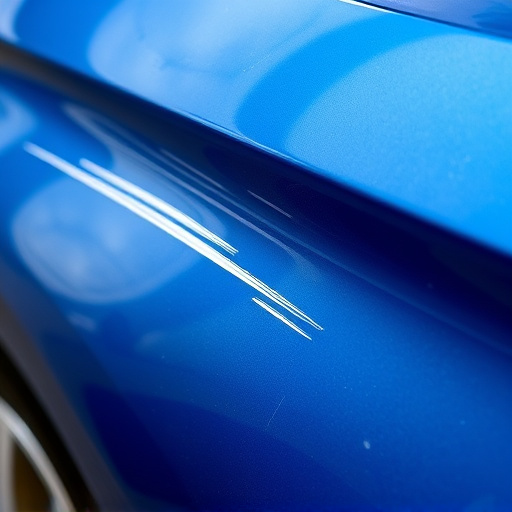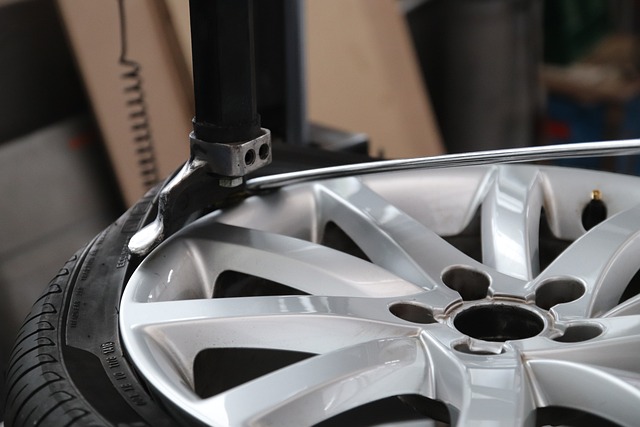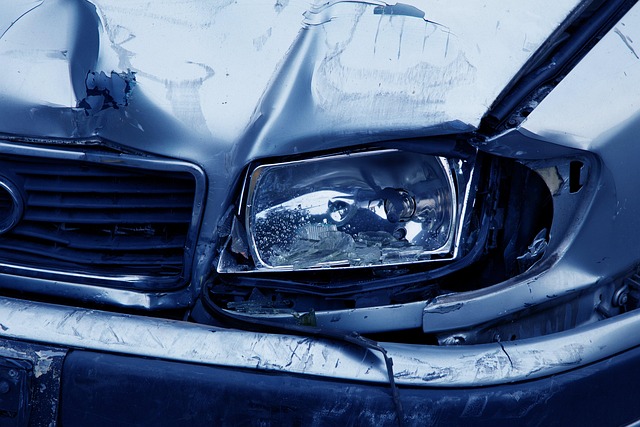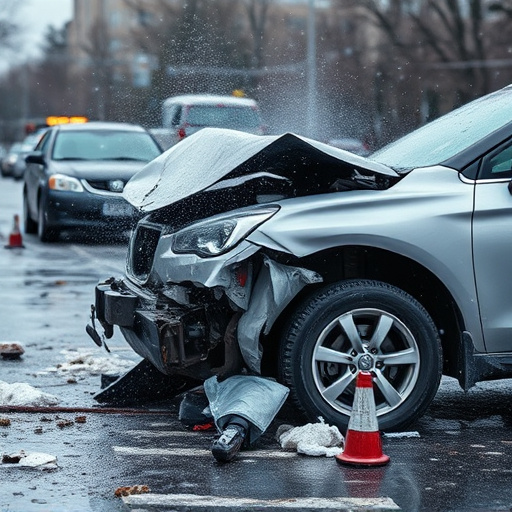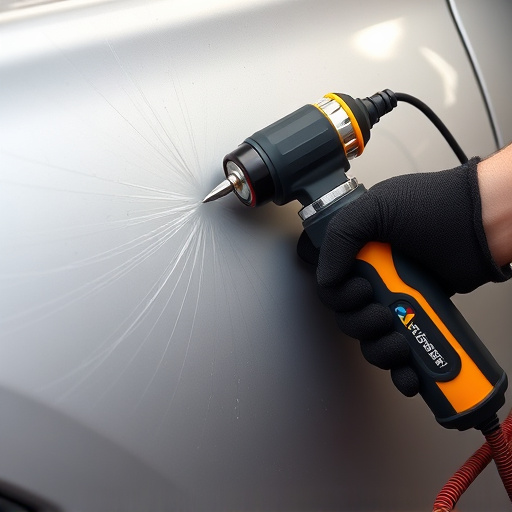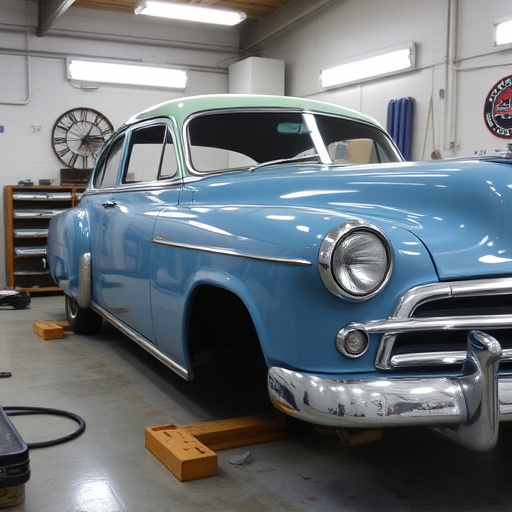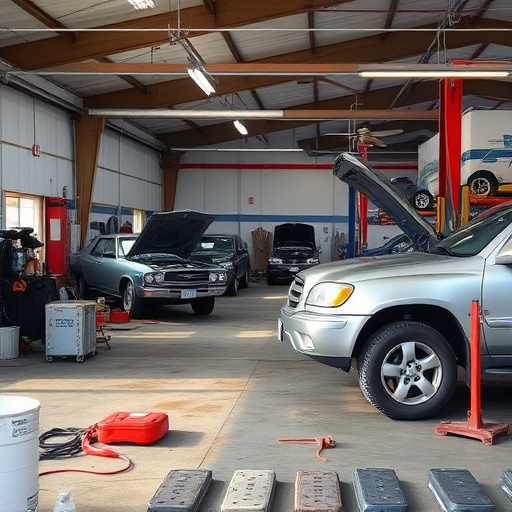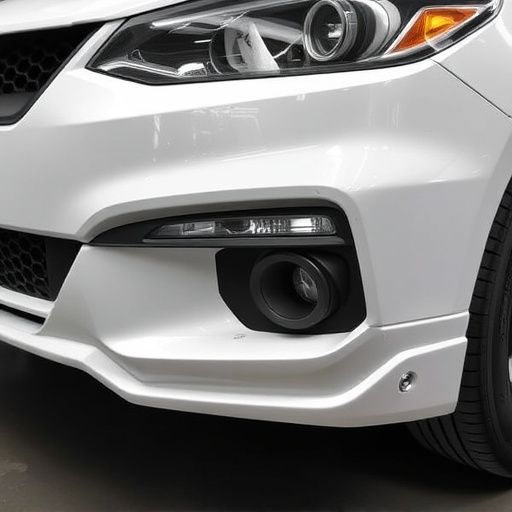Modern vehicle restoration goes beyond aesthetics and traditional skills, incorporating advanced digital systems to enhance beauty and performance. Restorers must integrate tech-savvy features like 3D scanning, specialized software, and robotic automation while maintaining expertise in auto maintenance, paint repair, and body restoration. These innovations cater to tech-oriented customers, revolutionize the restoration experience, and keep auto body shops competitive in the evolving market by offering comprehensive services that prioritize precision, productivity, and customer satisfaction.
“Modern vehicle restoration isn’t just about returning cars to their former glory; it’s a delicate blend of art and technology. As the industry evolves, integrating digital solutions has become paramount, revolutionizing how restoration services are delivered. This article explores the intersection of technology and traditional restoration, delving into the strategies that enhance efficiency, precision, and customer experience. From advanced diagnostics to innovative repair techniques, we uncover the tech-driven transformation of vehicle restoration services.”
- Understanding Modern Vehicle Restoration and Its Digital Demands
- The Role of Technology in Streamlining Restoration Processes
- Embracing the Future: Innovative Tech Integration Strategies
Understanding Modern Vehicle Restoration and Its Digital Demands

Modern vehicle restoration goes beyond simply returning a car to its original state; it involves integrating intricate digital systems and technologies to ensure both aesthetic perfection and optimal performance. As vehicles become increasingly connected, the demand for seamless integration of advanced features during restoration services is on the rise. This shift towards digitalization requires a deeper understanding of modern automotive technology.
Vehicle restoration specialists must now incorporate skills in auto maintenance, vehicle paint repair, and auto body restoration with a digital twist. This includes staying abreast of software updates, utilizing diagnostic tools to identify issues, and incorporating cutting-edge materials and techniques. By embracing these digital demands, restorers can offer more comprehensive services, cater to the needs of tech-savvy customers, and ultimately enhance the overall vehicle restoration experience.
The Role of Technology in Streamlining Restoration Processes

In today’s digital era, technology plays a pivotal role in revolutionizing vehicle restoration services. Advanced tools and software have transformed traditional auto collision repair processes, making them more efficient and accurate. By integrating innovative solutions, restorers can streamline various tasks, from initial damage assessment to final quality control checks. For instance, 3D scanning technology enables precise measurements, ensuring exact repairs and a seamless finish.
This digital transformation extends to communication and project management as well. Collision centers now utilize specialized software for efficient scheduling, tracking parts inventory, and facilitating seamless interactions between customers, restorers, and insurance providers. Such technological advancements not only enhance overall productivity but also improve customer satisfaction by providing real-time updates and transparent communication throughout the restoration process.
Embracing the Future: Innovative Tech Integration Strategies
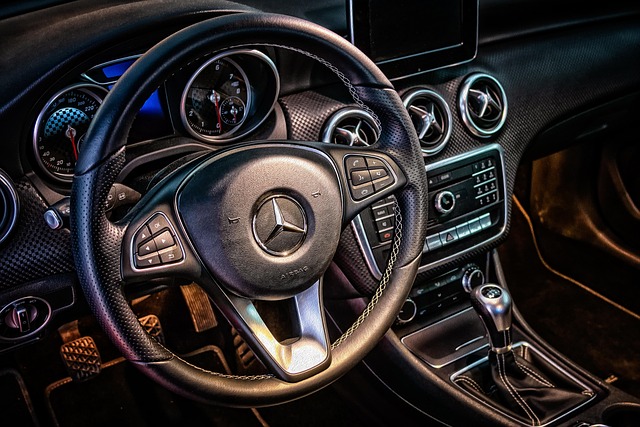
Embracing modern technology is no longer an option but a necessity for vehicle restoration services, especially as the automotive industry evolves rapidly. Innovative tech integration strategies can significantly enhance the efficiency, accuracy, and overall customer experience in auto body shops and collision repair centers. One such example is the implementation of advanced digital design tools that allow restorers to create precise 3D models of vehicles, enabling them to plan repairs with meticulous detail and ensure seamless results.
Additionally, automation through robotic systems can streamline repetitive tasks, improve safety by reducing human error, and speed up production times in car collision repair processes. These technological advancements not only benefit the restoration process but also attract a tech-savvy generation of customers who value cutting-edge solutions in vehicle maintenance. By adopting these modern practices, auto body shops can stay competitive, offer superior services, and cater to the evolving demands of the market.
Modern vehicle restoration services are undergoing a digital transformation, driven by advanced technology integration. As discussed, embracing tech not only streamlines processes but also enhances precision and efficiency. Looking ahead, innovative strategies such as AI-driven design, AR for hands-free assembly, and IoT for real-time monitoring will redefine the industry. By staying at the forefront of these developments, restorers can ensure they provide the best possible experiences for car enthusiasts while meeting the evolving demands of the market.
